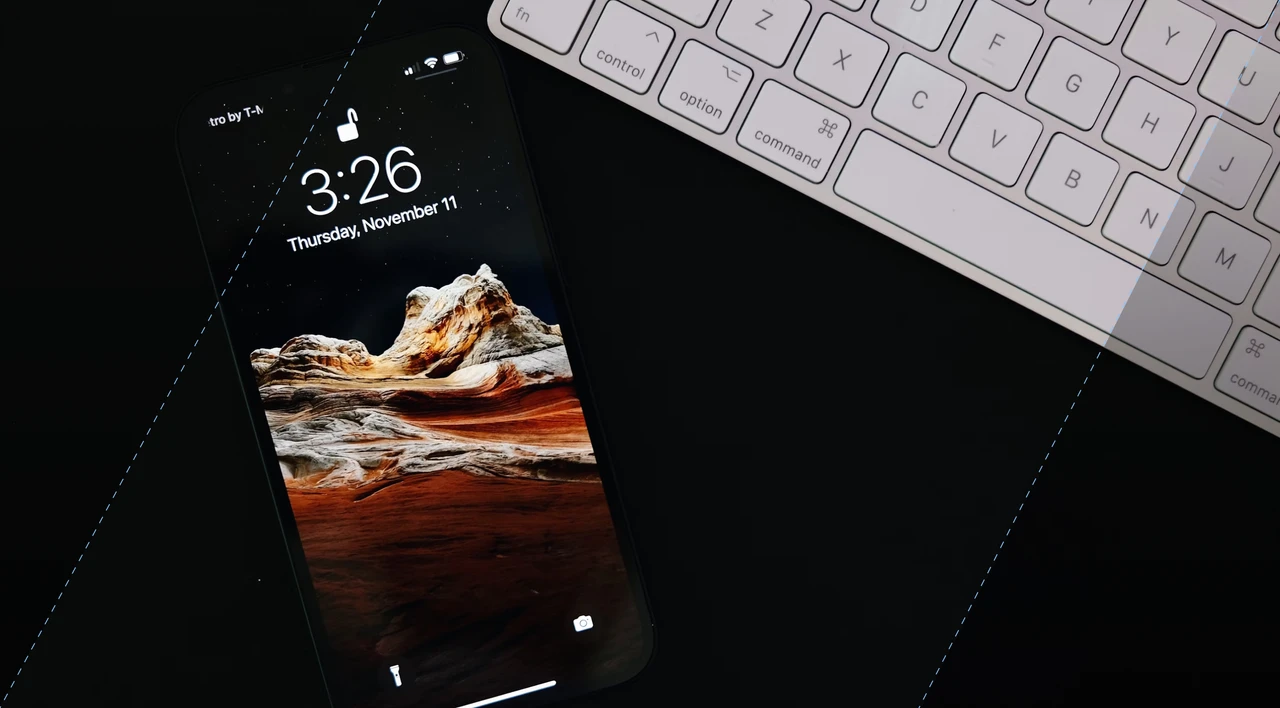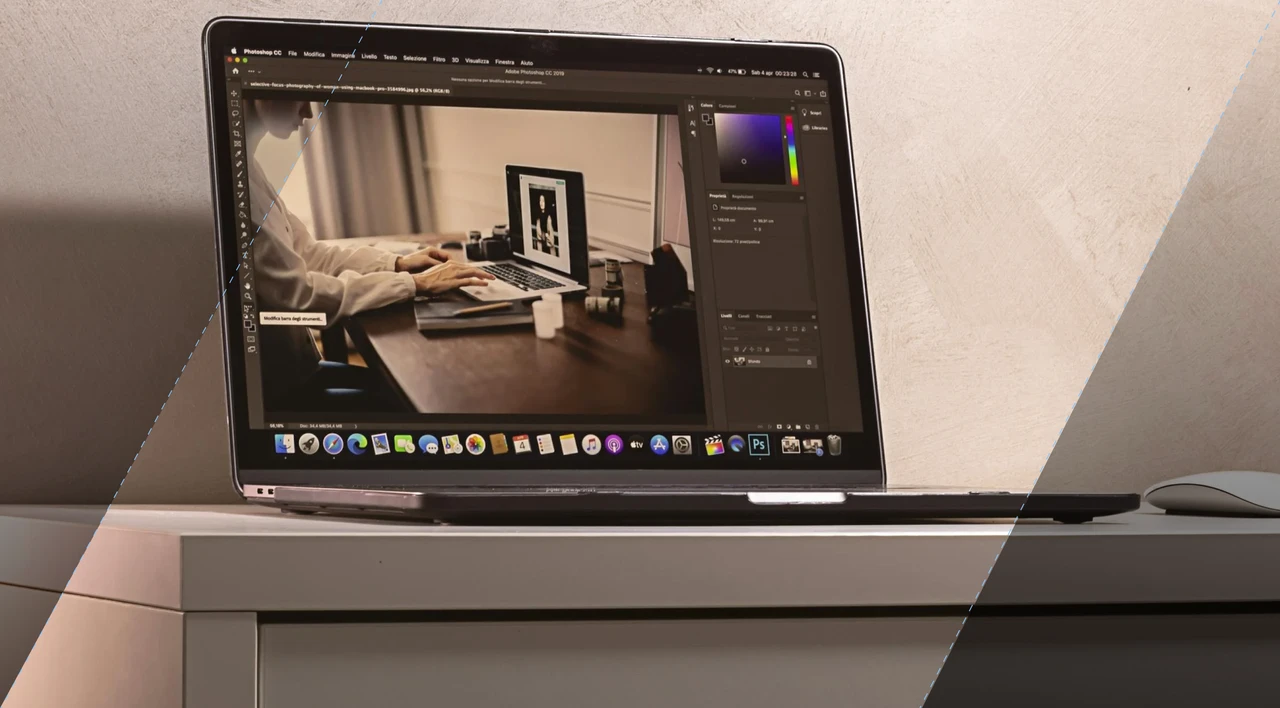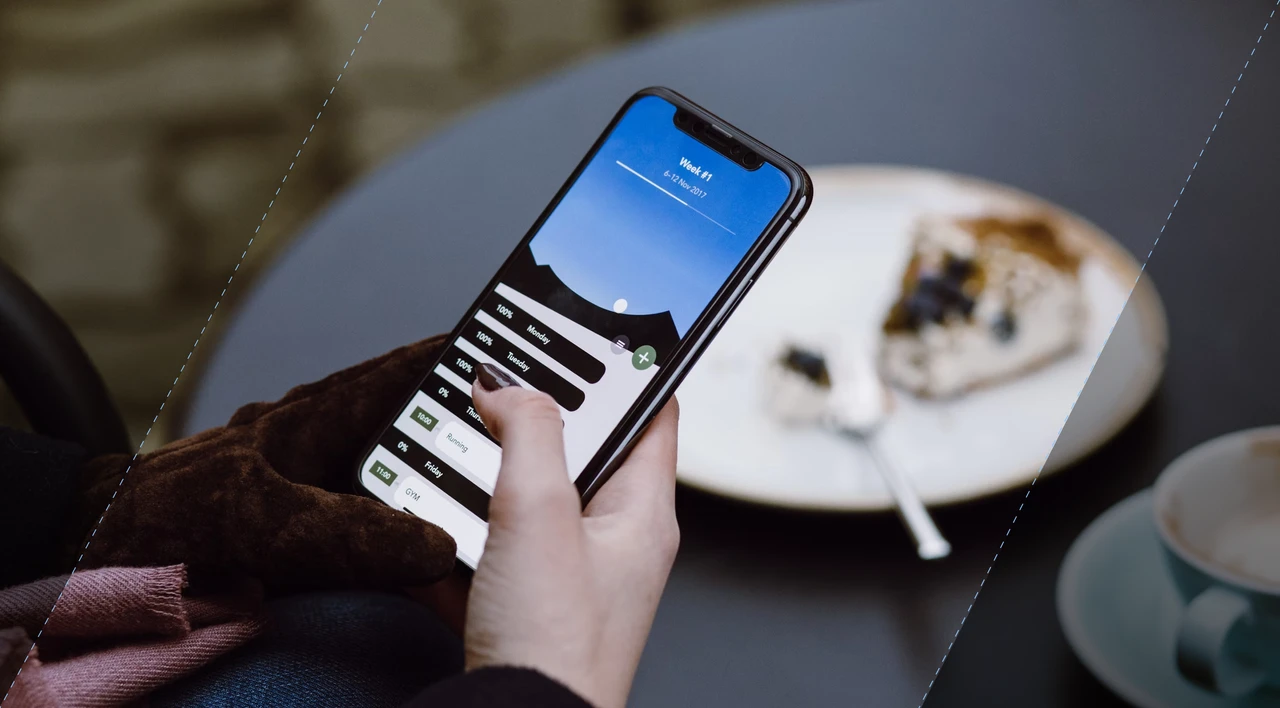SHARE
Utilizing Critical Incident Technique for Qualitative Research in UX Design

Contents
Contents
88% are unlikely to revisit a site following a poor experience. Understanding user experiences is crucial for creating effective and enjoyable interfaces. The Critical Incident Technique (CIT), originally developed in psychology, is now a valuable tool in this field.
CIT involves collecting detailed user narratives about significant positive or negative interactions. By analyzing these critical incidents, designers gain deep insights into user needs and pain points.
Applying CIT in UX/UI design ensures that improvements are based on real user experiences. This method helps prioritize design changes that matter most to users, leading to more intuitive and satisfying digital products.
This article explores how the Critical Incident Technique can transform user experience research and design. This article explores the Critical Incident Technique and how it can be applied in modern times.
Key Takeaways:
- CIT is a research method used in qualitative research, specifically in health services.
- It involves collecting direct observations of human behavior with critical significance.
- CIT provides insights into behavior and performance, allowing for evaluation and improvement in healthcare services, market research, and UI/UX design.
What is The Critical Incident Technique?
The Critical Incident Technique (CIT) is a qualitative research method focused on identifying and analyzing significant events or behaviors that greatly impact outcomes. It involves collecting detailed accounts from individuals about specific positive or negative incidents they have experienced.
By examining these critical incidents, researchers can uncover underlying factors that contribute to success or failure. This approach provides valuable insights into complex behaviors and processes, making it a versatile tool for improving practices across various fields.
Development of the Critical Incident Technique
The critical incident technique (CIT) has a rich history, with its origins dating back to World War II. Colonel John C. Flanagan developed CIT while working in the U.S. Army Air Forces.
He aimed to understand why pilots failed to learn to fly and why bombing missions failed. Flanagan saw the value of directly observing behavior in these critical situations. These observations revealed important factors behind success and failure, forming the basis of CIT.
After his military service, Flanagan founded the American Institute for Research, where he further developed CIT and applied it to various fields. Its flexibility and effectiveness made it useful in healthcare, organizational development, market research, and more.
Today, CIT remains a powerful tool for researchers. By focusing on specific incidents and their impacts, CIT uncovers valuable insights into complex human behaviors and experiences that might otherwise go unnoticed.
Applications of the Critical Incident Technique
The Critical Incident Technique has found widespread application in various domains:
- Healthcare Research: CIT helps researchers identify critical incidents that affect the quality of care. It provides a comprehensive understanding of the challenges faced by healthcare professionals and highlights areas for improvement.
- Organizational Development: CIT offers a systematic approach to analyzing workplace incidents and their impact on employee performance and satisfaction. It allows organizations to identify patterns and develop strategies to enhance productivity and employee well-being.
- Market Research: CIT uncovers valuable insights into customer experiences, enabling companies to identify areas for improvement and tailor their products and services to meet customer needs.
- UX/UI Design: CIT is used to collect detailed user feedback on significant interactions with digital products. By focusing on specific incidents, designers gain insights into user needs and pain points, helping them create more intuitive and satisfying user interfaces.
The Critical Incident Technique’s rigorous methodology and focus on real-life incidents make it a valuable tool for researchers across various fields. Its ability to capture rich and detailed information directly from those involved makes it a powerful and versatile research method.
Advantages and Disadvantages of the Critical Incident Technique
The Critical Incident Technique (CIT) has several strengths in research:
- Flexibility: CIT can be applied to various contexts, including multi-user systems, allowing researchers to gather data from users in their own words. This leads to a more comprehensive and nuanced understanding of their experiences.
- Rich Information: CIT collects detailed information without forcing respondents into a predetermined framework, providing deep insights into user experiences.
- Identification of Rare Events: CIT helps researchers identify rare but significant events and system vulnerabilities, which is valuable for safety and improvement purposes.
- Cost-Effectiveness: CIT is relatively inexpensive compared to other research methods, as it does not require extensive resources or complex equipment. This makes it accessible to researchers with limited budgets.
However, CIT also has some drawbacks:
- Memory Bias: Since incidents are collected retrospectively, there is a risk of participants recalling events inaccurately or selectively. Researchers must use strategies to minimize this bias.
- Representativeness: While critical incidents provide rich information, they may not always represent the entire population or user group. Researchers need to carefully select samples to ensure the incidents reflect the target population’s experiences.
In summary, the Critical Incident Technique is a valuable research method with its own advantages and disadvantages. Its flexibility, ability to gather rich information and cost-effectiveness make it a powerful tool for researchers.
However, researchers must be mindful of potential memory bias and the need for representative sampling when applying this technique.
|
Advantages |
Disadvantages |
|
Flexible method that can be adapted to different research contexts |
Potential for memory bias as incidents may not be accurately recalled |
|
Provides rich and in-depth information about critical incidents |
May not be representative of the entire population |
|
Allows for the collection of real-time data from multiple perspectives | |
|
Identifies rare events and vulnerabilities in systems |
Critical Incident Technique in UX/UI Design
The Critical Incident Technique (CIT) is particularly valuable in the field of UX/UI design. Since ninety-four percent of first impressions of a brand’s website relate to its design, by focusing on significant user interactions, CIT helps designers understand what aspects of a digital product contribute to a positive or negative user experience.
Here’s how CIT is applied in UX/UI design:
- Gathering User Feedback: Designers use CIT to collect detailed user feedback about specific interactions with a product. This involves interviewing users and asking them to describe incidents where their experience was notably good or bad. These narratives provide insights into what works well and what needs improvement.
- Identifying Pain Points and Successes: Analyzing critical incidents allows designers to pinpoint exact moments where users encounter difficulties or achieve their goals effortlessly. Understanding these pain points and successes helps prioritize design changes that can enhance the overall user experience.
- Improving Usability: By examining the context and details of critical incidents, designers can identify usability issues that might not be apparent through other research methods. This detailed understanding helps in creating more intuitive interfaces that better meet user needs, including optimizing elements like haptic feedback.
- Optimizing Haptic Feedback: CIT can reveal how haptic feedback influences user experiences. By understanding how users react to tactile sensations during critical incidents, designers can fine-tune haptic feedback to enhance usability and provide a more immersive interaction.
- Informing Design Decisions: CIT provides concrete, user-centered data that supports evidence-based design decisions. Designers can use the insights gained from critical incidents to justify design changes and improvements, ensuring that the final product aligns with user expectations and requirements.
- Iterative Design Process: CIT can be integrated into an iterative design process, where insights from critical incidents are used to make continuous improvements. This ensures that the product evolves based on real user experiences, leading to a more refined and user-friendly interface over time.
- Enhancing User Satisfaction: By addressing the specific issues and enhancing the positive aspects identified through CIT, designers can significantly improve user satisfaction. This leads to a better overall experience and can increase user retention and engagement.
Ultimately, the Critical Incident Technique is a powerful tool in UX/UI design. It provides deep insights into user experiences by focusing on specific, impactful interactions.
This method helps designers identify and address critical issues, and create more intuitive, effective, and satisfying digital products.
Conclusion
To summarize, the Critical Incident Technique (CIT) is a powerful research method that provides deep insights into significant user interactions across various fields. Originally developed in psychology, CIT involves collecting detailed accounts of critical incidents, enabling researchers to understand the factors that contribute to success or failure.
CIT helps designers create more user-friendly interfaces by identifying and addressing pain points and enhancing positive user experiences. It also plays a crucial role in healthcare research, organizational development, and market research.
Despite its many advantages, such as flexibility and cost-effectiveness, CIT does have potential drawbacks, including memory bias and representativeness issues. Researchers need to be mindful of these limitations to ensure the accuracy and relevance of their findings.
Looking to enhance your user experience with expert insights? Flatirons’ UI/UX design services make use of techniques like CIT to identify and address key user interactions, creating more intuitive and effective digital products.
Frequently Asked Questions
What is the critical incident technique (CIT)?
The critical incident technique (CIT) is a powerful research method used in qualitative research, particularly in health services. It focuses on collecting direct observations of human behavior that have critical significance.
How was the critical incident technique developed?
The critical incident technique was developed by Colonel John C. Flanagan during his work in the Aviation Psychology Program of the United States Army Air Forces in World War II.
Flanagan analyzed specific reasons for failure in learning to fly and the failures of bombing missions, collecting direct observations of behavior in these contexts. This laid the foundation for the development of CIT as a research method.
What are the advantages of using the critical incident technique?
The critical incident technique offers several advantages in research. It is a flexible method that can be applied to improve multi-user systems and gather data from the user’s perspective in their own words. It allows for the collection of rich information and does not force respondents into a predetermined framework.
CIT can identify rare events and vulnerabilities in systems, making it beneficial for safety and improvement purposes. It is also relatively inexpensive compared to other research methods.
Are there any disadvantages to using the critical incident technique?
While the critical incident technique has many advantages, there are also some potential disadvantages. One of the main concerns is memory bias, as incidents that are not recent may be forgotten or inaccurately recalled.
Additionally, the incidents reported may not be representative of the full range of experiences, potentially limiting the generalizability of the findings. However, these limitations can be mitigated through careful design and implementation of the CIT methodology.
UI/UX Design Services
UI/UX design services tailored for your unique needs.
Get the CEO's Take
Handpicked tech insights and trends from our CEO.
UI/UX Design Services
UI/UX design services tailored for your unique needs.
Get the CEO's Take
Handpicked tech insights and trends from our CEO.

Digital Product Development: Enhance Your Business Offerings
Flatirons Development
Sep 12, 2025
Light Mode vs Dark Mode: Which One is Better for You?
Flatirons Development
Jan 04, 2025
Top UI/UX Design Companies in California for 2026
Flatirons Development
Nov 30, 2024
Learn the Essentials of Digital Product Design
Flatirons Development
Nov 26, 2024
Top UI/UX Design Companies in Colorado for 2026
Flatirons Development
Nov 12, 2024
Top Mobile App Design Companies in Denver for 2026
Flatirons Development
Oct 11, 2024